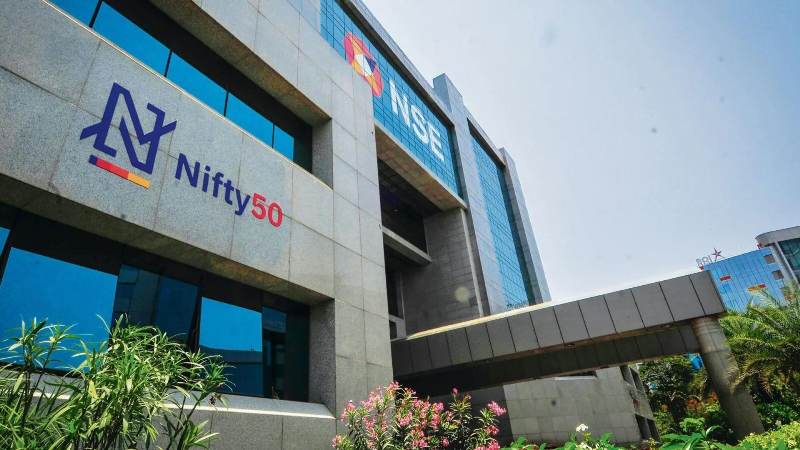The benchmark 50-share Nifty, which breached the psychological 23,000-mark during early morning trading on Friday, took 88 trading sessions to rally 1,000 points from 22,000, which it touched on January 15.
The latest 1,000 points rally took longer than the previous ones as the jump from 21,000 to 22,000 happened in just 25 sessions, while the rally from 20,000 to 21,000 took 60 trading sessions. The 19,000 to 20,000 move also happened in 60 sessions.
Meanwhile, the latest jump of 1,000 points in 88 sessions saw Mahindra & Mahindra leading the gainers’ pack, soaring over 60%, followed by Bharat Petroleum Corp Ltd and Power Grid Corp Ltd with gains of over 41% and 33%, respectively.
Tata Steel and State Bank of India followed closely with advances of over 31% each, while Maruti Suzuki India and Bharti Airtel gained 30% each.
In terms of declines, LTIMindtree suffered the most with a loss of over 22%, followed by IndusInd Bank and HCL Tech declining by 14% and 12%, respectively. Asian Paints Ltd and HDFC Life Insurance both saw losses of over 11%, while Bajaj Finance Ltd and HDFC Bank Ltd fell over 10% each.
In the broader markets, BSE MidCap and SmallCap are trading near fresh record highs, with gains of over 15% and 8%, respectively.
On May 23, Indian markets surged to a new high, yet the overall market trend remained perplexing. Foreign funds, who have been net sellers on most days in the recent past, changed tack and were net buyers on Thursday, possibly as part of a multi-leg derivative strategy rather than due to a bullish outlook.
Incidentally, the market breadth was also negative, with over 2000 stocks declining on BSE and 1370 on NSE, outnumbering advances.
Deven Choksey, MD of DRChoksey FinServ, noted that the recent momentum from Foreign Institutional Investors (FIIs) isn’t surprising, given their significant investments in ETFs and index funds.
With Nifty aiming for the 24,000 mark, FIIs are expected to further drive market momentum for potential gains. Despite slightly negative market breadth yesterday, the anticipation of positive market breadth is fueled by election outcomes and RBI’s announcement of over Rs 2 lakh crore dividend. This dividend injection into the economy could potentially boost government spending on infrastructure, consequently increasing tax collection such as GST and income tax.
Globally markets ended lower due to renewed concerns regarding the US Federal Reserve’s upcoming decision on interest rates. Stocks declined as data revealed a surge in US business activity alongside increasing inflation, raising expectations that the Federal Reserve will maintain its current stance.
The S&P Global Flash US PMI Composite Output Index jumped from 51.3 in April to 54.4 in May, with reports indicating a significant acceleration in inflation, the second-largest monthly increase in eight months. Additionally, fears of demand-driven inflation intensified as initial jobless claims dropped more than anticipated in the week ending May 11.




